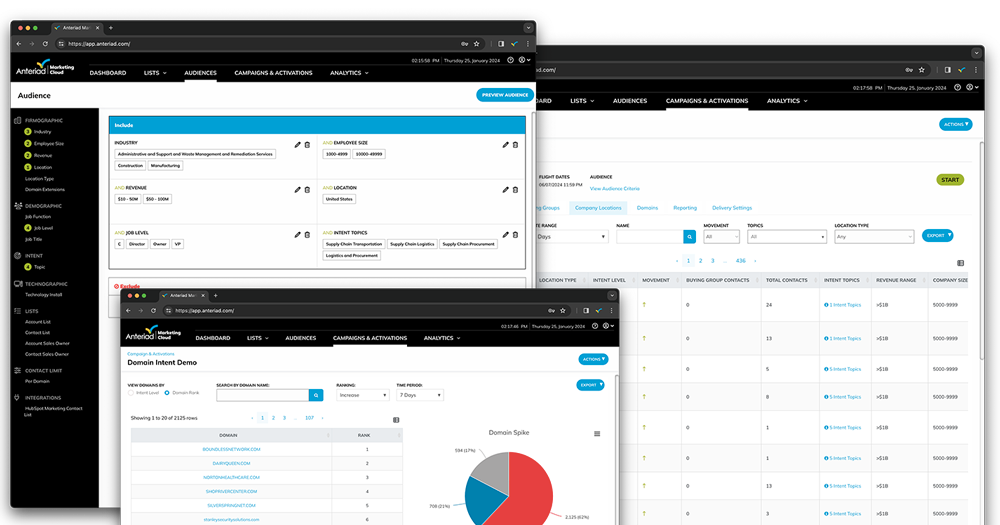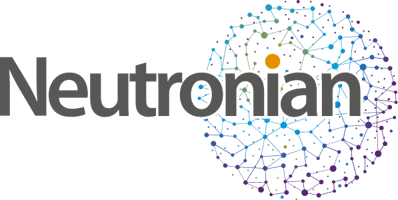Define, find, and convert your ideal customers faster so you can hit goals, grow pipeline, and prove ROI.
Our global B2B data powers:
Full funnel marketing to power your pipeline
32X
closed, won business
Data is at the core of everything we do.
Certified as a top 5 data provider by Neutronian, we're in the elite top 1% for quality and transparency. Our global, privacy-compliant data is key to driving customer acquisition and AI-powered solutions. Elevate your ABM strategies with our Neutronian-certified, industry-leading B2B data.


